Hydro turbine generators are driven directly or indirectly by hydro turbines, operating at rotating speeds below 1500r/min. They are available in both horizontal and vertical arrangements, with excitation modes including brushless and static silicon types. Key components consist of the stator, rotor, base frame, bearing, excitation motor, or collecting ring. These generators provide outlet voltages ranging from 400V to 13.8KV and support frequencies of 50Hz or 60Hz, with output capacities from 50KW to 50MW. Designed for high efficiency and reliability, all manufacturing and testing processes adhere to relevant IEC standards.
Hydroelectric generators comprise several main parts. Dynamos generate pulsing direct current through a commutator, while alternators produce alternating current. Mechanically, generators include a rotating part and a stationary part. The armature, which is the power-producing component, generates electric current for external circuits and can be located on either the rotor or stator depending on the design. The field winding or permanent magnets create the magnetic field necessary for operation. Electrically excited generators feature an excitation system to control field winding flux, whereas permanent magnet synchronous generators utilize magnets for this purpose.
The rotor is the rotating component in electrical machines, driven by the interaction between windings and magnetic fields to produce torque. The stator, being stationary, guides energy flow and converts rotating magnetic fields into electric current in generators. In fluid-powered devices, it directs fluid flow. One part generates the magnetic field, while the other induces electric current through wire windings.
Our generators are engineered for optimal performance, with a service life of 30-50 years and features such as PLC speed governors and various inlet valve options. They are suitable for a wide range of water heads and offer easy operation with efficiencies up to 94%. Supported by R&D and ISO9001:2008 certification, these units are ideal for diverse hydroelectric projects worldwide.
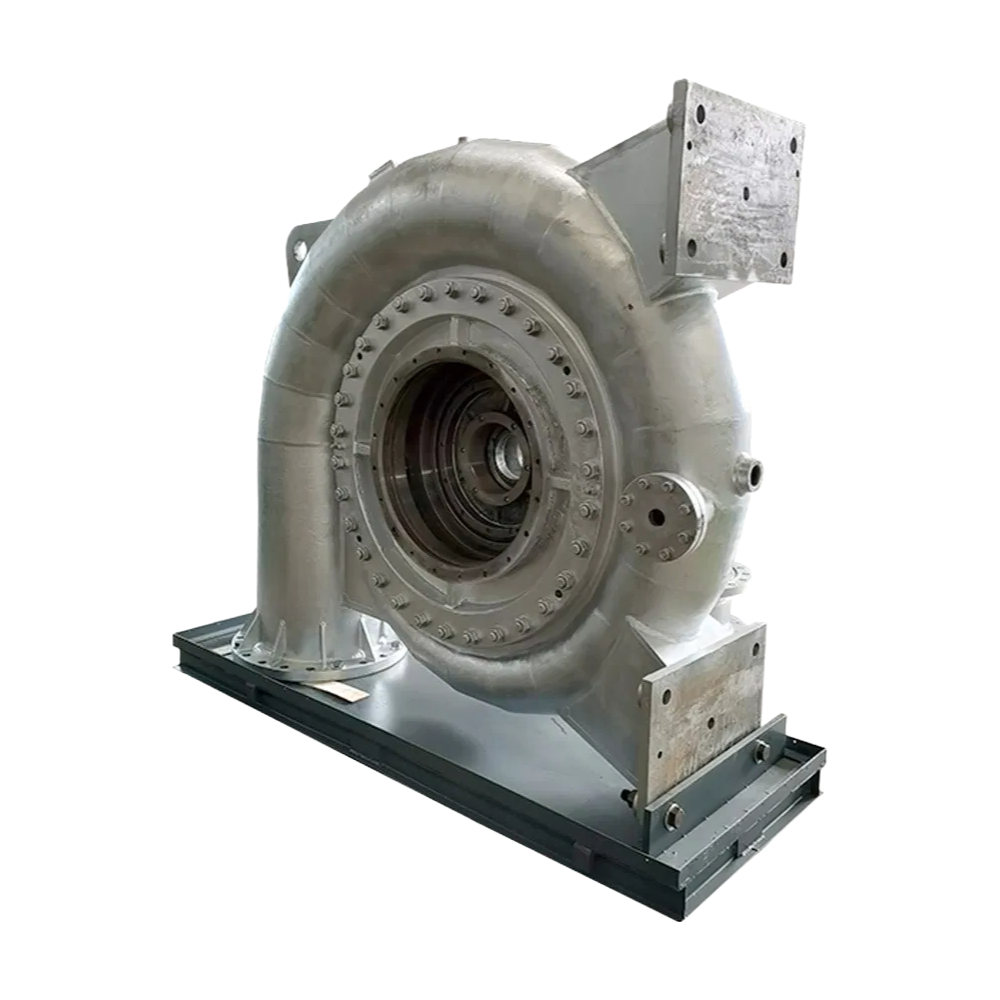
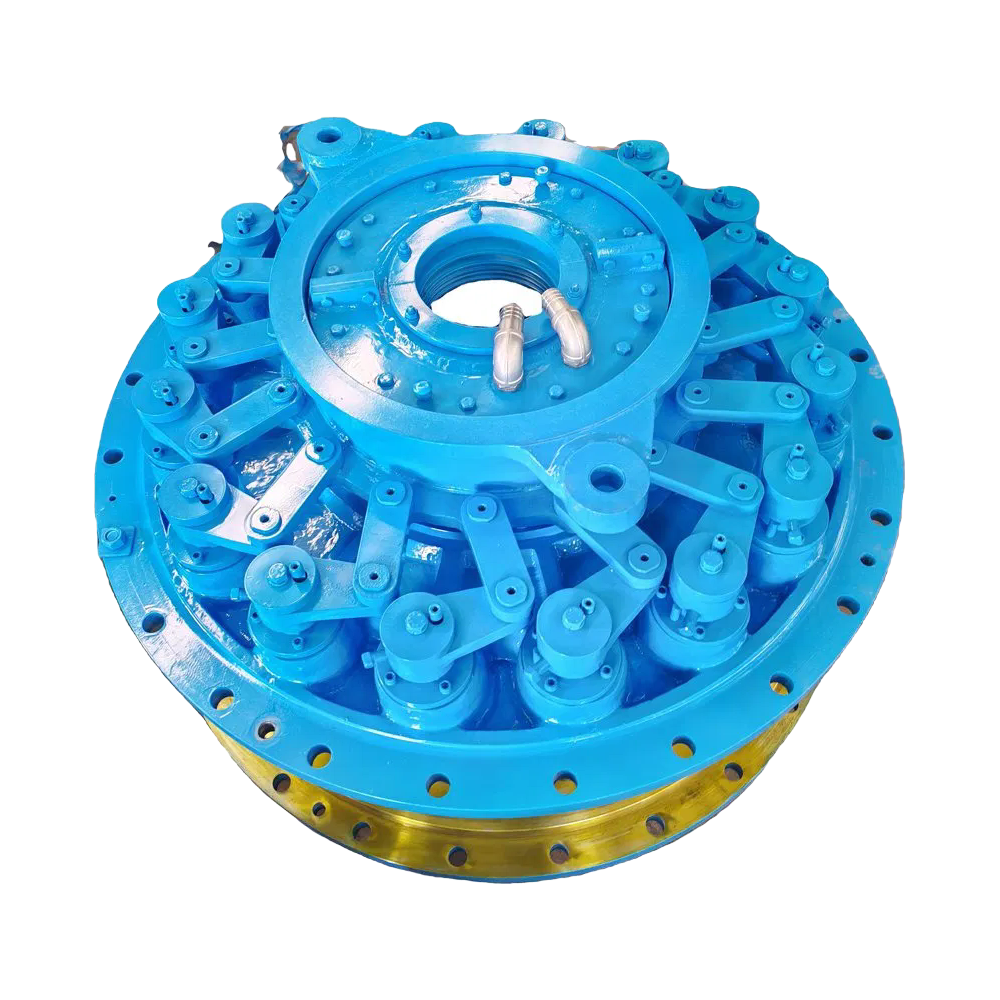
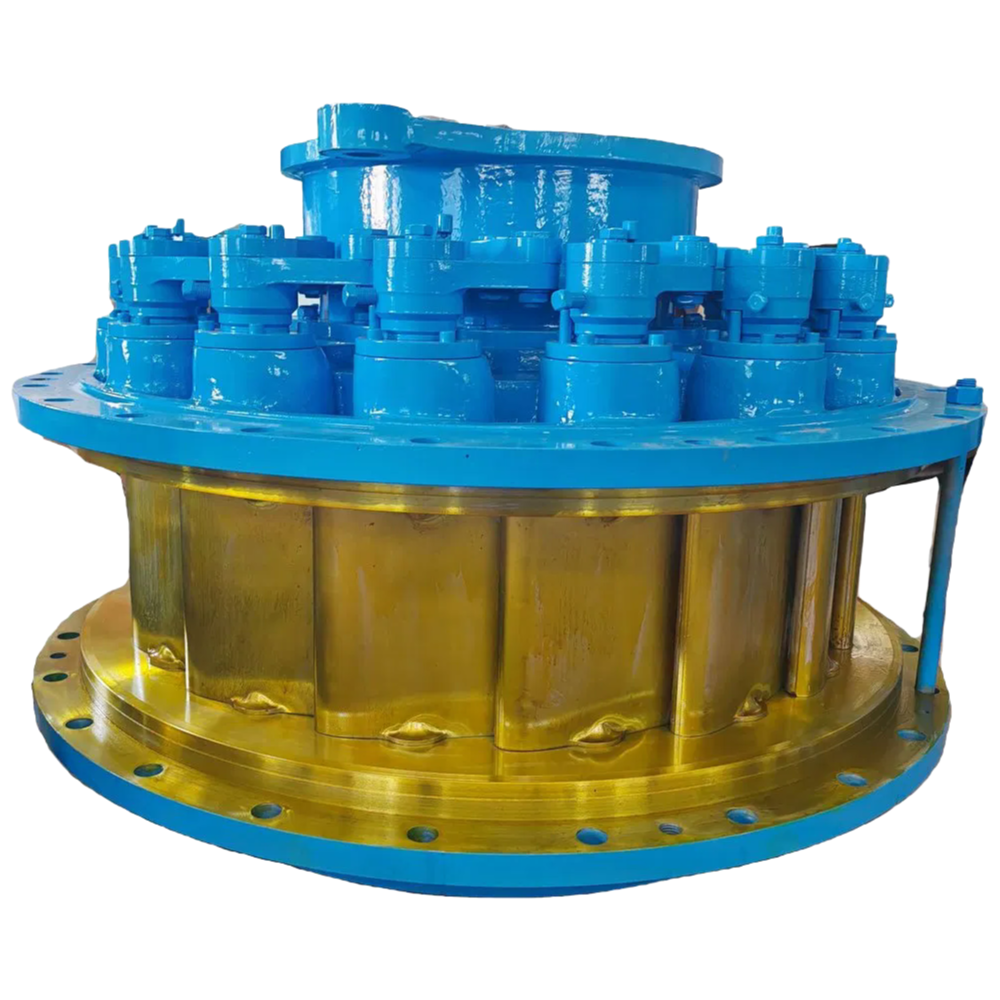

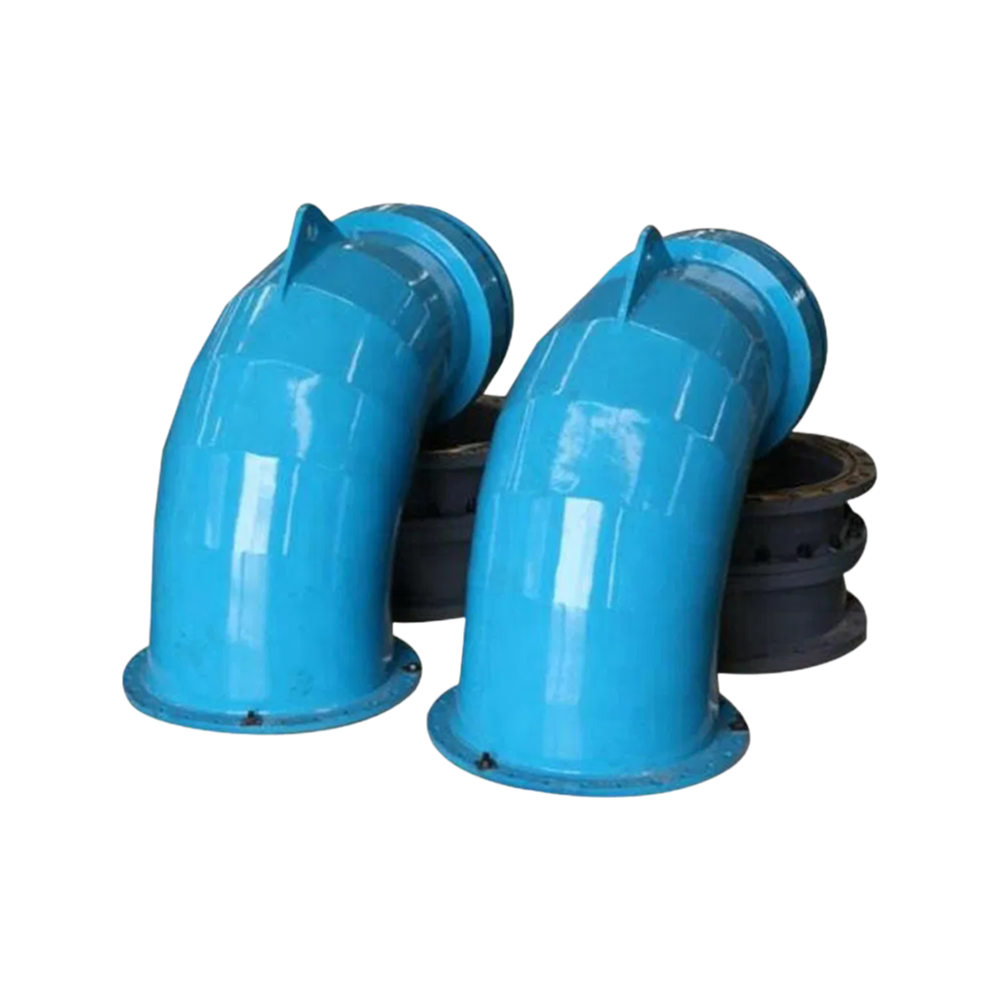
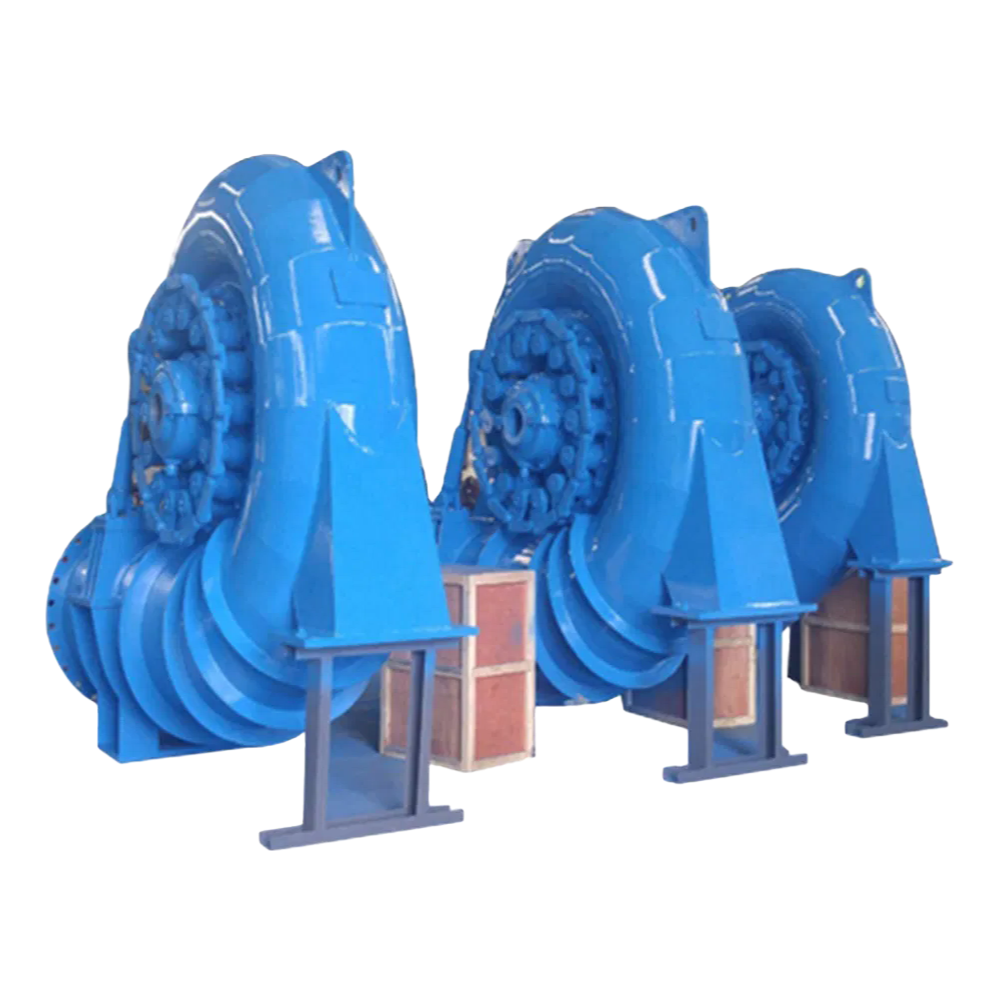
Wow, the shipping was incredibly fast and well-handled, with everything arriving securely packaged and ahead of schedule. The quality of the materials used is outstanding, showing great attention to detail and durability. Customer service was very responsive and helpful throughout the process, making the entire experience smooth and pleasant.
Quick delivery and excellent packaging ensured my hydro turbine generator arrived safely ahead of schedule. The quality is impressive, with sturdy construction and smooth operation that meets my expectations. Customer service was responsive and helpful throughout the process, answering all my queries promptly. Overall, a very satisfying purchase experience.
Rapid delivery and excellent packaging ensured the hydro turbine generator arrived safely and on schedule. The quality appears robust and well-manufactured, meeting my expectations for industrial equipment. Customer service was responsive and helpful throughout the process, addressing my queries promptly. Overall, a smooth experience from order to receipt.
Hassle-free delivery with prompt logistics that exceeded my expectations. The packaging was secure and arrived ahead of schedule, which was a pleasant surprise. In terms of quality, the materials feel robust and well-crafted, showing no signs of defects upon inspection. The customer service team was responsive and helpful, addressing my queries efficiently and professionally. Overall, a smooth and satisfactory experience from start to finish.
Quick delivery and excellent packaging ensured the hydro turbine generator arrived safely without any delays. The quality of the materials used is top-notch, reflecting durability and precision engineering. Customer service was responsive and helpful throughout the process, addressing all my queries promptly. Overall, a very satisfying experience that I would highly recommend to others.
Just received the hydro turbine generator, and I'm thoroughly impressed with the overall experience. The logistics were handled exceptionally well; the shipment arrived ahead of schedule, which was a pleasant surprise given the size and complexity of the item. Everything was securely packaged, with no signs of damage during transit, and the delivery team was professional and efficient in handling the setup. Regarding quality, the generator appears robust and well-crafted, with attention to detail that suggests high durability and reliability for long-term use. The service from the supplier was outstanding—responsive, knowledgeable, and quick to address any pre-delivery inquiries, making the entire process smooth and stress-free. Overall, a fantastic purchase that exceeded my expectations in terms of delivery speed, product build, and customer support.
Never have I experienced such a smooth delivery process; the logistics were handled impeccably with timely updates and careful packaging. The quality of the items received is outstanding, reflecting robust construction and adherence to high standards. Moreover, the customer service team was exceptionally responsive and helpful, addressing all my queries promptly and professionally. Overall, a highly satisfactory experience from start to finish.
Great experience overall with this purchase. The delivery was incredibly fast and well-handled, arriving ahead of schedule without any issues. Packaging was secure and professional, ensuring the product was protected during transit. Quality appears excellent based on initial inspection; the materials feel durable and well-manufactured, meeting high standards as expected. Customer service was also top-notch—responsive, helpful, and courteous in all communications. Highly satisfied with the transaction and would recommend this supplier for their reliability and attention to detail.